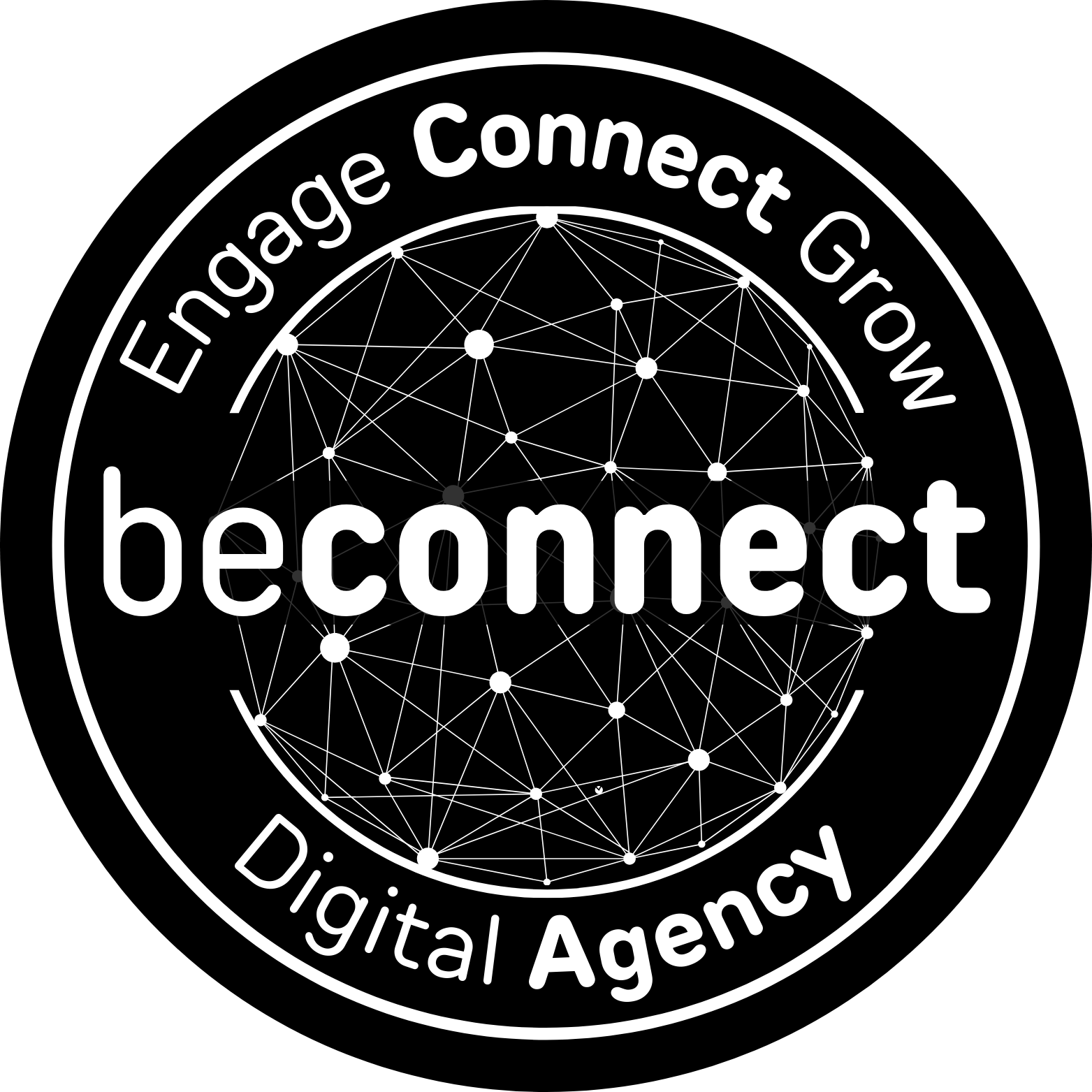
beconnect.ie is now closed
Thank you for your trust and collaboration.
The agency has officially closed as we are now fully focusing on a new and exciting direction.
Need to reach us?
Call or message:
+353 89 273 3330
Email: [email protected]